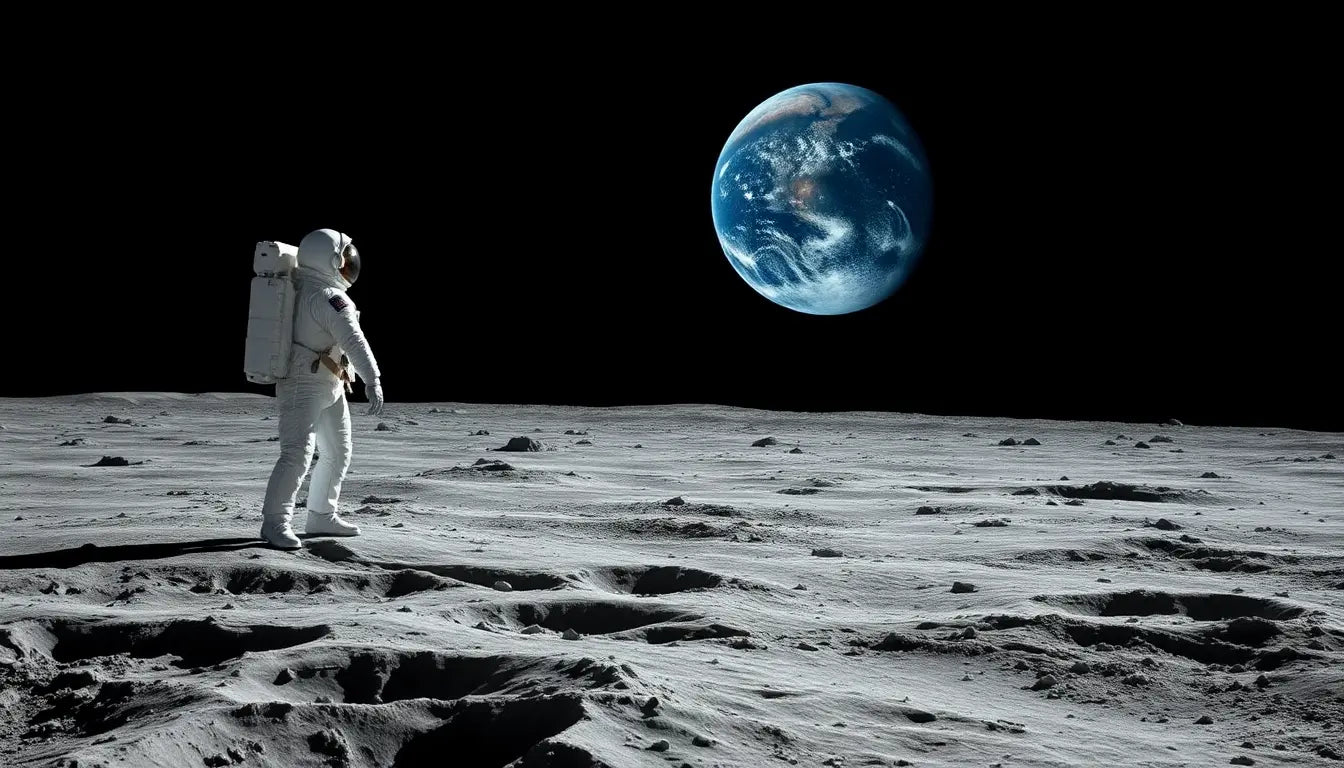
Exploring the Mysteries of the Moon: A Captivating Journey
The moon has long captivated the human imagination, inspiring awe, wonder, and a deep desire to unravel its mysteries. As we gaze up at the celestial orb, its ethereal glow casts a spell, beckoning us to delve deeper into the secrets it holds. In this comprehensive exploration, we will embark on a journey to unveil the fascinating facets of our closest celestial companion, the moon.
The Origin of the Moon
The formation of the moon has been a subject of intense scientific inquiry for centuries. The prevailing theory, known as the Giant Impact Hypothesis, suggests that the moon was formed from the debris left behind after a massive collision between the early Earth and a Mars-sized object, known as Theia. This cataclysmic event, believed to have occurred around 4.5 billion years ago, not only gave birth to the moon but also shaped the Earth's unique characteristics, including its tilt and the length of its days.
The Composition of the Moon
The moon is a unique celestial body, composed primarily of silicate rocks and minerals. Its surface is covered in a layer of fine, powdery material called regolith, which is the result of billions of years of meteorite impacts. Beneath the regolith lies a complex geological structure, including a solid iron-rich core, a molten outer core, and a thick mantle composed of dense, iron-magnesium silicate rocks.
The Phases of the Moon
The moon's phases, from new moon to full moon and back again, have captivated humanity for millennia. These cyclical changes are the result of the moon's orbit around the Earth and its relative position to the sun. As the moon orbits the Earth, the illuminated portion of its surface that is visible from Earth changes, creating the familiar waxing and waning phases we observe in the night sky.
The Influence of the Moon
The moon's influence on our planet is profound and far-reaching, affecting everything from the tides to the behavior of living organisms.
Tidal Forces
The moon's gravitational pull is the primary driver of the Earth's tides, causing the regular rise and fall of the oceans. This tidal force also has a significant impact on coastal ecosystems, shaping the habitats and behaviors of a wide range of marine life.
Biological Rhythms
The moon's cycles have long been associated with the rhythms of life on Earth. Many species, from plants to animals, exhibit lunar-based cycles in their behavior, reproduction, and other biological processes. This deep-rooted connection between the moon and life on our planet continues to fascinate scientists and researchers.
The Moon's Role in the Solar System
The moon is not only a captivating celestial body in its own right but also plays a crucial role in the overall dynamics of the solar system. Its gravitational influence on the Earth helps stabilize the planet's tilt, which is essential for maintaining a relatively stable climate and supporting the development of complex life.
Exploring the Moon
Humanity's fascination with the moon has driven us to explore it in ever-greater detail, unlocking new insights and expanding our understanding of this enigmatic celestial body.
The History of Lunar Exploration
From the earliest observations made by ancient civilizations to the groundbreaking Apollo missions of the 20th century, the history of lunar exploration is a testament to human ingenuity, curiosity, and the relentless pursuit of knowledge. Each new discovery has opened up new avenues of research and sparked further exploration.
Current and Future Lunar Missions
Today, the exploration of the moon continues unabated, with a growing number of nations and private organizations vying to send robotic and human missions to the lunar surface. These endeavors aim to establish a permanent human presence on the moon, unlock the secrets of its formation and evolution, and pave the way for future deep-space exploration.
The Potential of Lunar Resources
The moon's surface and subsurface hold a wealth of resources that could be harnessed to support future human activities, both on the lunar surface and in the broader context of space exploration. From the potential mining of rare-earth minerals to the possibility of utilizing lunar water ice for life support and fuel production, the moon's resources could play a crucial role in the expansion of human presence beyond Earth.
Conclusion
The moon, with its captivating beauty and profound influence on our planet, continues to captivate and inspire us. As we delve deeper into the mysteries of this celestial companion, we uncover new insights that not only expand our understanding of the universe but also shed light on the very nature of our own existence. The journey of lunar exploration is far from over, and the discoveries that await us promise to be both awe-inspiring and transformative, shaping the future of humanity's presence in the cosmos.

